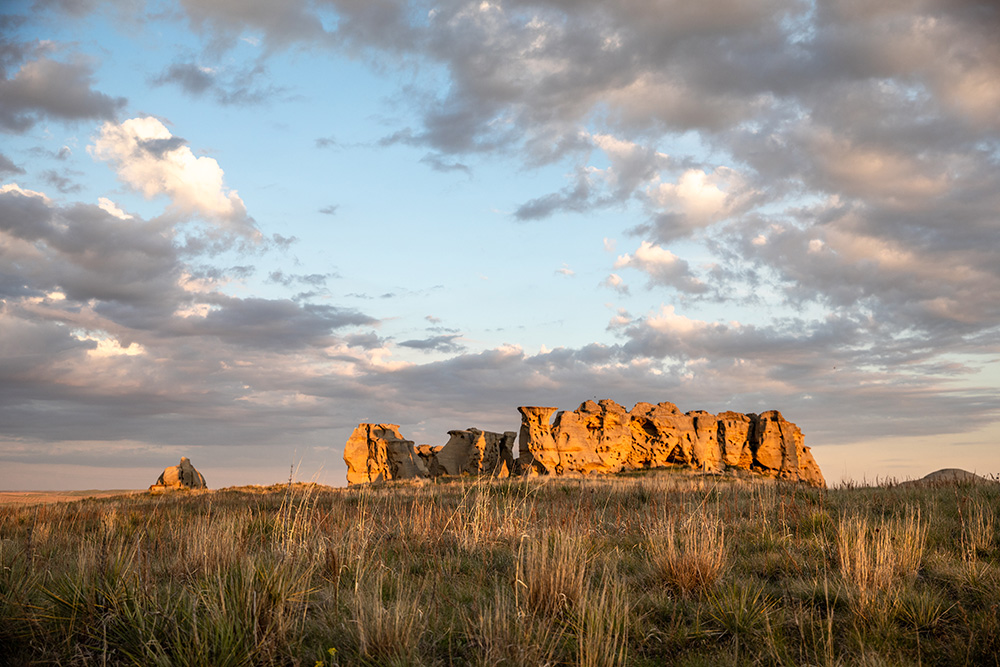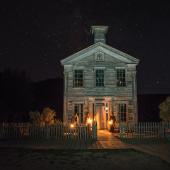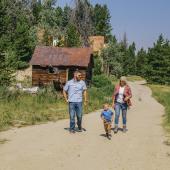Weekender: Medicine Rocks State Park
Solitude and splendor in the wide-open prairie.
Way out in the windswept plain of eastern Montana, amid a sea of prairie grass, sits a geologic wonder. The Native Americans called it a place of big medicine. Teddy Roosevelt, happening upon it while exploring Montana Territory in 1883, described it thus:
“The sun was just setting when we crossed the final ridge and came in sight of as singular a bit of country as I have ever seen. Over an irregular tract of gently rolling sandy hills… were scattered several hundred detached and isolated buttes or cliffs of sandstone… cut and channelled by the weather into the most extraordinary forms; caves, columns, battlements, spires, and flying buttresses were mingled in the strangest confusion… the sand gave everything a clean, white look. Altogether it was as fantastically beautiful a place as I have ever seen.”
Medicine Rocks clearly made an impression on our country's 26th president—and it will likely have the same effect on you. So load up the car for a long weekend, trundle east for five hours, and immerse yourself in its medicine. You'll come away with a whole new outlook on the seemingly desolate landscape near the Dakota border.
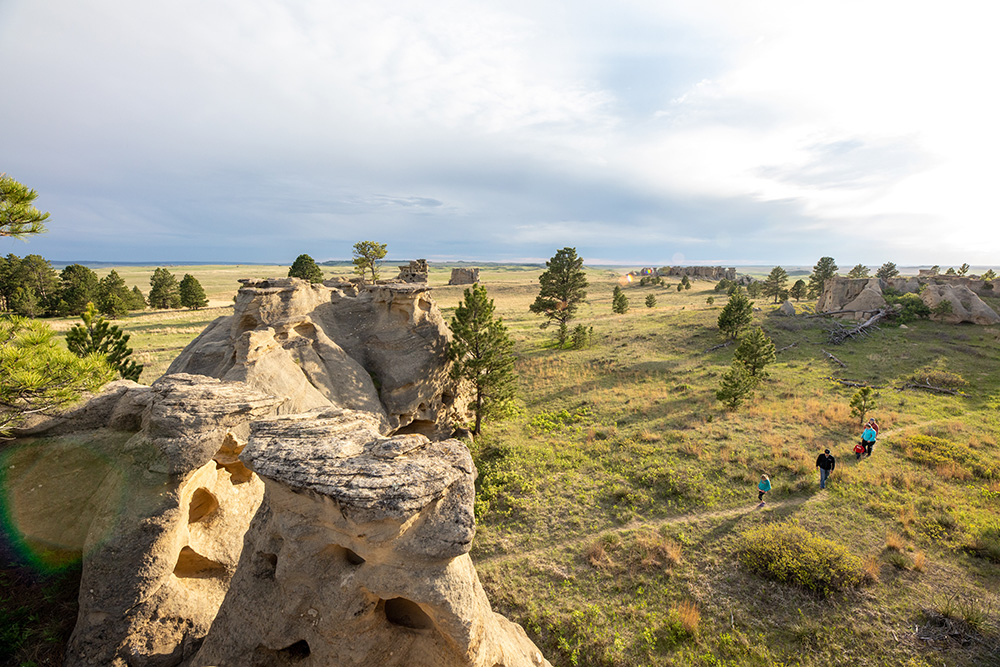
Just off Hwy. 7, about a half-hour southwest of Baker, Medicine Rocks State Park rises out of the otherwise uniform prairie like sand castles on the beach. Pull in, park the rig, and wander among the eerie towers, imagining how ancient humans might have been inspired by such strange grandeur. Heck, stop thinking altogether and be inspired yourself—to shimmy up the side of a pockmarked boulder, gaze around, and feel the eons under your feet. Then close your eyes and listen—to the prairie wind, the piercing cries of a falcon, and the utter absence of any other sound.

As with any attraction, tourist season sees more visitors to Medicine Rocks. But as summer winds down, most travelers head home, leaving this remote locale considerably less popular. Aside from a few fellow Montanans (and a few neighboring Dakotans), you should have the place to yourself. Which means a cool campsite nestled into the rocks, a crackling fire under the Ponderosas, and the restorative calm of quietude as you slip into your sleeping bag and drift off.
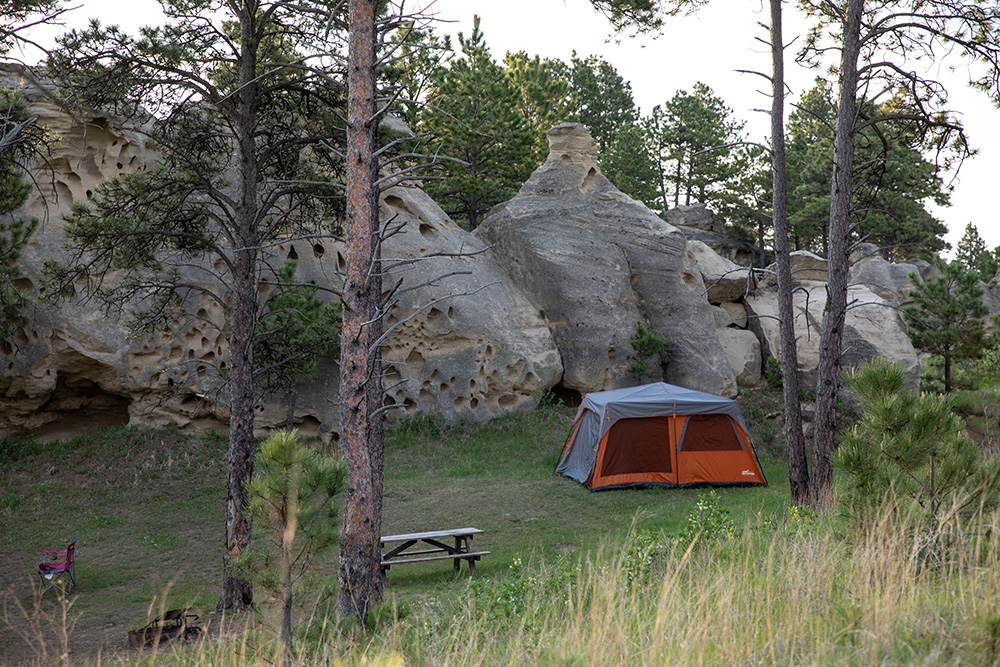
After breakfast the next morning, check out the trails weaving in and around the park, on foot or with two wheels. Or head off-trail and meander, letting the wind blow you where it will. At 330 acres, there's plenty of terrain to investigate. Photographers will find the abundant ashen towers to be cooperative, captivating subjects, while birdwatchers and flora aficionados have ample material for a day of gawking. Climbers and clamberers, expect outright giddiness: these stones beg to be surmounted. Spend the day scrambling up one after the other—just be mindful of the soft sandstone and avoid doing damage.
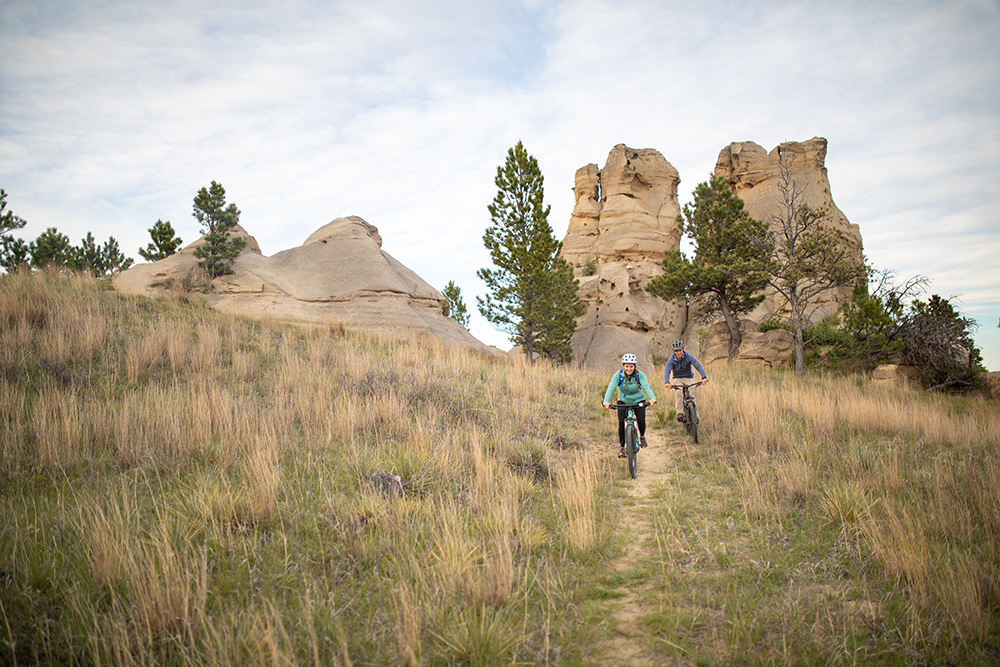
When the late-summer sun sits high in the sky, Medicine Rocks gets hot—time for a lunch break. Shoot into the nearby hamlet of Ekalaka (population 332), where camping provisions can be obtained at the small grocery store. The Dawg House Pub has surprisingly tasty grub, and the Carter County Museum is worth checking out. Or toss a football or frisbee around the park in the middle of town. The only rule is relaxation: be sure to saunter the afternoon away, in no particular hurry about anything, before returning to camp in time for a sunset stroll through the rocks.
With any luck, you'll soon feel the same intoxication Teddy did, 137 years ago. Marvel at the Medicine Rocks, admire their splendor, imbibe their big medicine. Then throw down a cold beer—or a margarita ice pop from the Dawg House—and settle in for another night of solitude among the sand castles.
